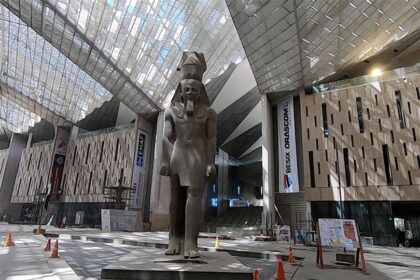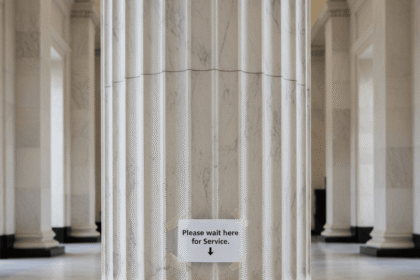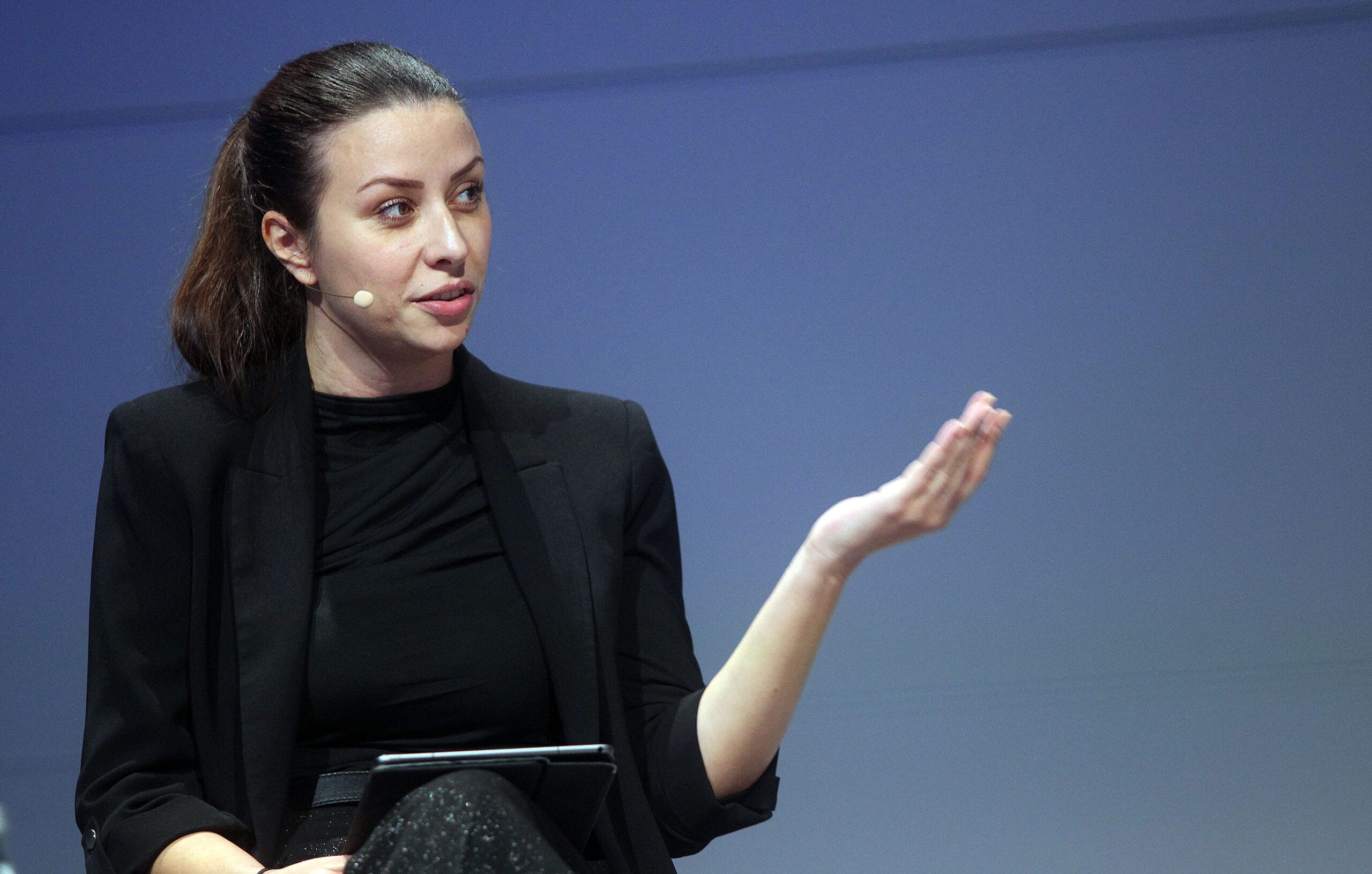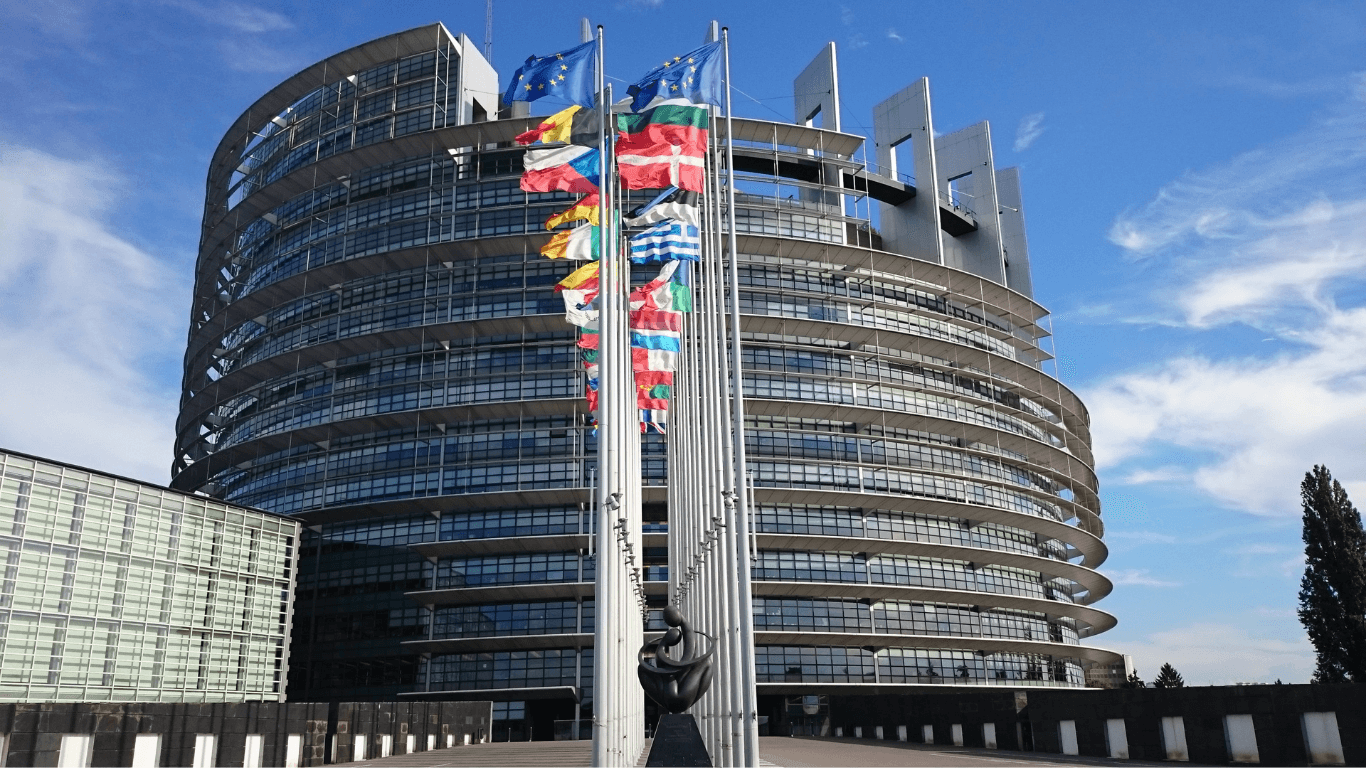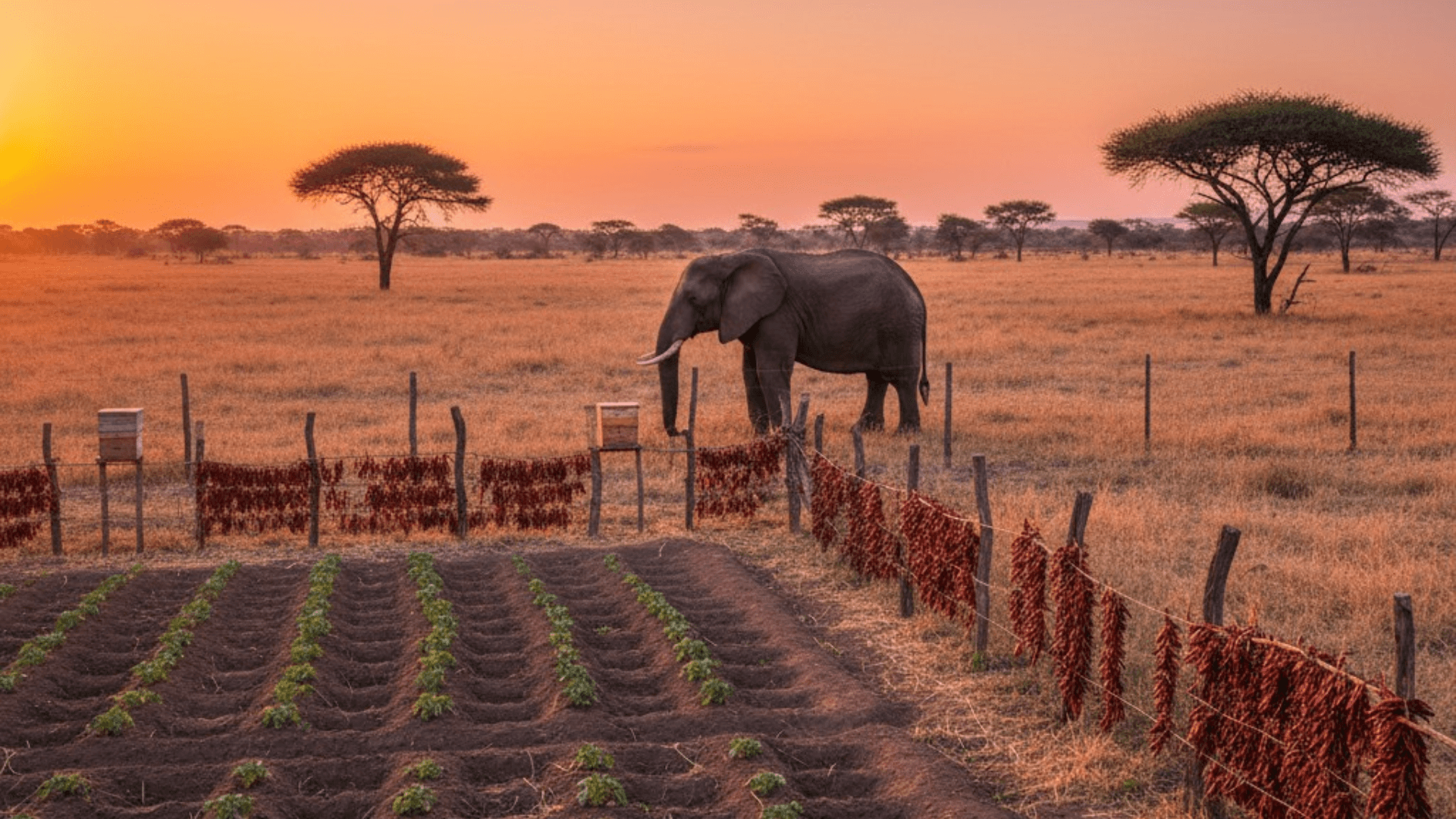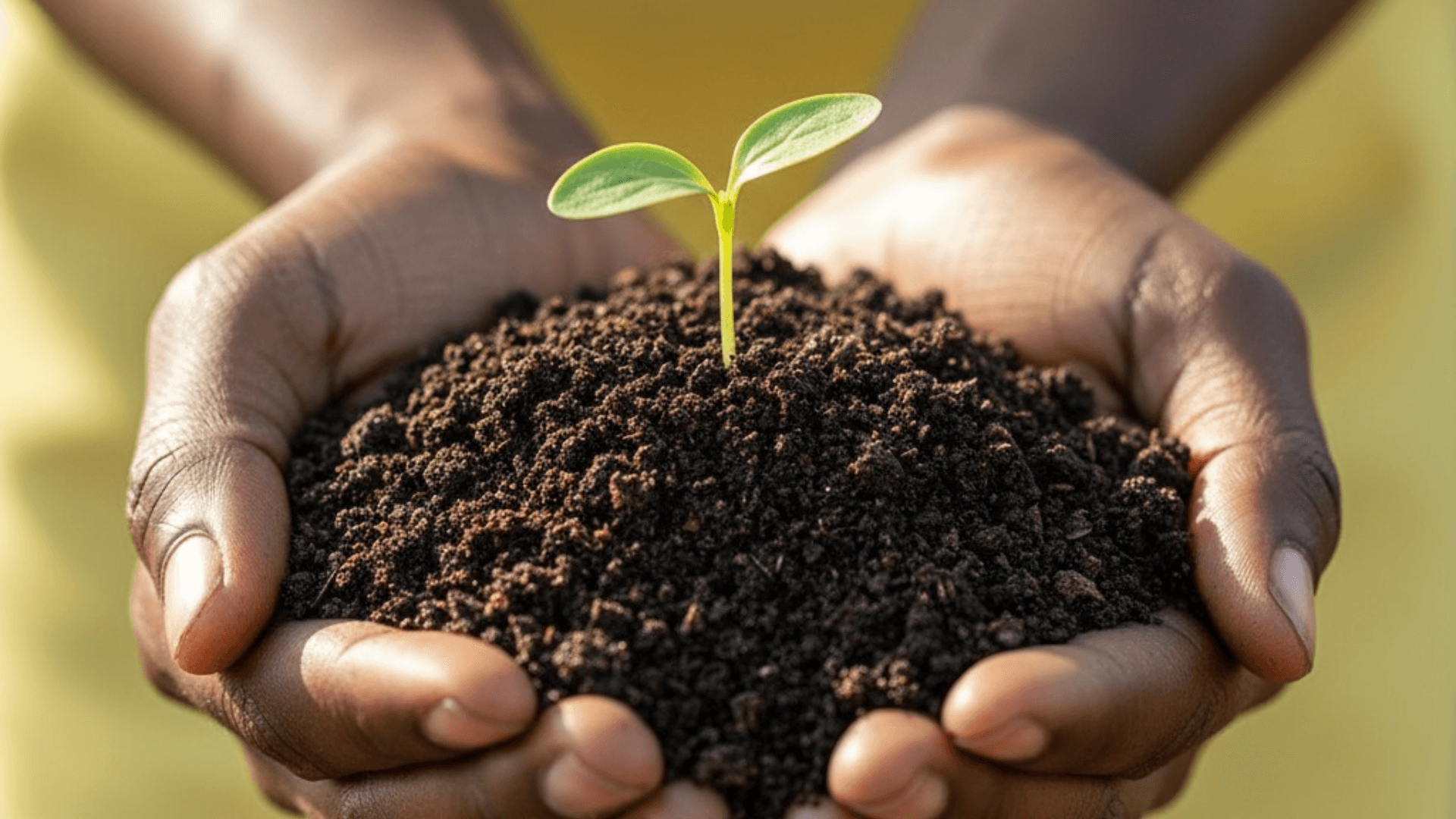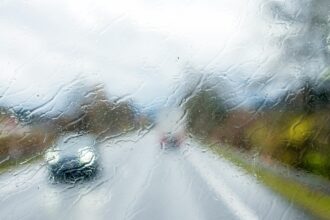By Brian Ochieng Akoko, Reporter | Nakuru City – Kenya
The traditional reporter had a notepad and a pen. They had a phone. They met with sources in person. Today, that toolkit has changed. The modern reporter also has a spreadsheet.
They have visualization software. They use code. This isn’t just for tech news. This is for all news. This is data journalism. It is the new frontier. It is about using numbers to find stories.
It is about making complex issues simple. It is about holding the powerful accountable. Data is no longer just a source. It is the story itself.
The Story Hidden in the Data
What is data journalism? It’s not just about showing a chart. It’s a process. First, a journalist gets a large set of data. This could be anything. It could be government spending records. It could be crime reports. It could be census data.
Next, they clean the data. This is a critical step. Data is often messy. It has errors. The journalist must organize it. They must check its accuracy. This can take a lot of time. It’s like putting together a giant puzzle. Once the data is clean, the real work begins.
The journalist analyzes it. They look for patterns. They look for trends. They look for anomalies. The goal is to find a story.
The data can reveal things that interviews cannot. It can expose a pattern of corruption. It can show a trend in public health. It can reveal a lie that is hidden in plain sight.
For example, a traditional reporter might interview a few people. A data journalist can look at the records of thousands of people. They can see the big picture. This provides a level of proof that is hard to argue with. The numbers can be a powerful form of evidence.
Making the Complex Simple
One of the most important jobs of a journalist is to explain things. They must make complex issues easy to understand.
Data journalism is perfect for this. It uses visualizations. It uses charts. It uses interactive graphics. A wall of text on a budget report is boring. It’s hard to read.
An interactive chart is different. A reader can click on different parts of the budget. They can see where their tax money is going. This makes the issue personal. It makes it relevant.
Visualizations are not just pretty pictures. They are a form of storytelling. A map can show a trend of pollution. A timeline can show the slow decay of a public system.
A chart can show the widening gap between the rich and the poor. The data tells a story. The visualization helps the reader understand it instantly. This helps with transparency. It helps with public engagement.
The public can see the evidence for themselves. They can explore the data on their own. This builds trust. It makes journalism more democratic.
The Challenges and New Skills
Data journalism is not without its challenges. The biggest one is a skills gap. Most journalists did not learn to code in college. They did not learn to use data analysis software.
They have to learn these new skills. This can be difficult. Another challenge is access. Governments and companies don’t always want to share data. They can be slow. They can be unhelpful. They can even deny requests.
A journalist has to be persistent. They have to be experts in freedom of information laws. They have to fight for the data. There is also the risk of misinterpretation. Data can be manipulated. Numbers can be presented in a misleading way.
A journalist must be honest. They must be transparent about their methods. They must show their work. This is a matter of ethics. Some say data journalism lacks the human element.
A story about numbers can feel cold. But the best data journalism combines both. It uses the data to find the story. Then it uses human stories to illustrate it.
A chart can show a trend of homelessness. A human story can show what that trend means for one person. The two work together.
The Future of the Field
The future of data journalism is bright. The amount of data in the world is growing every day. Journalists will have more to work with. The tools for analysis are also getting better. They are becoming more accessible.
AI will play a bigger role. It can help journalists sift through huge datasets. It can help them find patterns. This will allow them to find stories even faster. This will free them up for the deep, investigative work.
Data journalism is transforming investigative reporting. It is changing the relationship between the journalist and the public. It is a powerful new tool. It helps to bring complex stories to life.
It gives us a new way to see the world. It gives us a new way to understand our own communities. It is a vital part of modern journalism. It is a way to find the truth, one number at a time.




